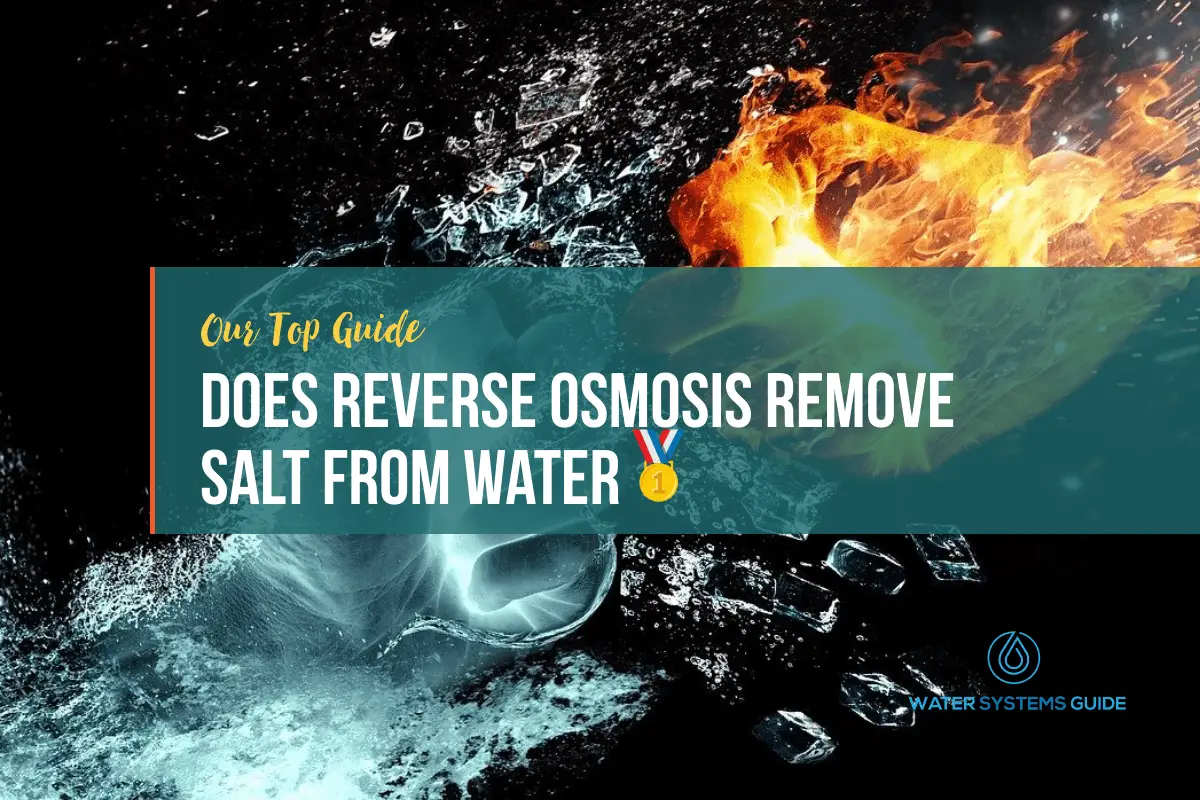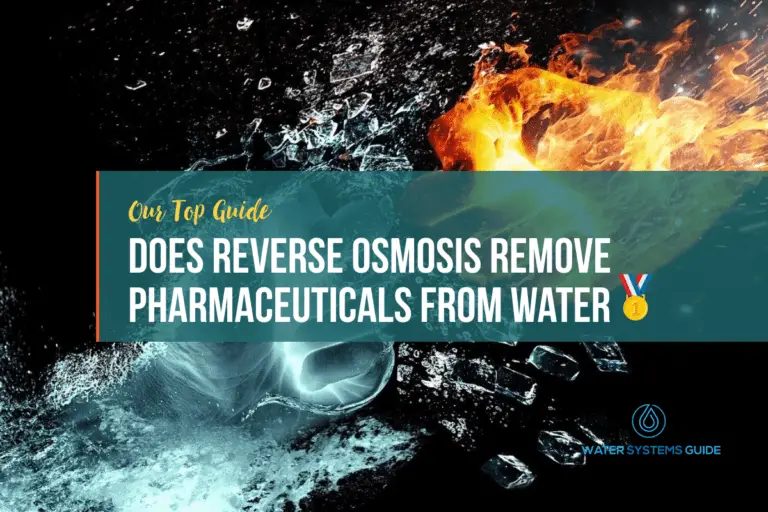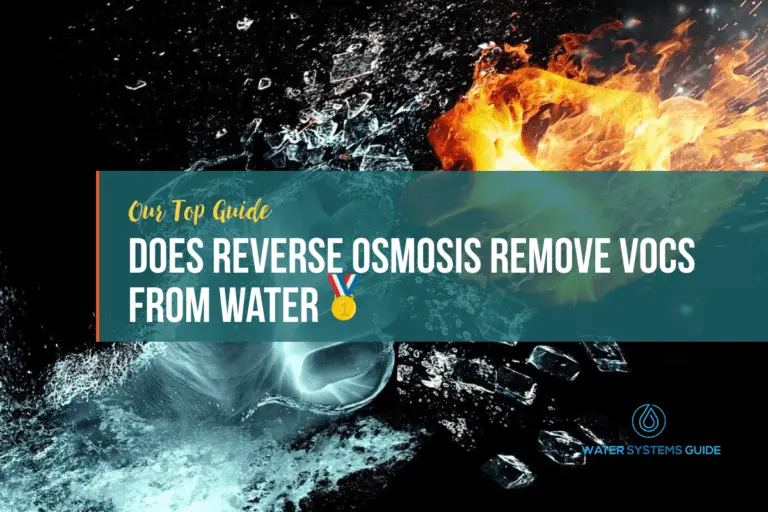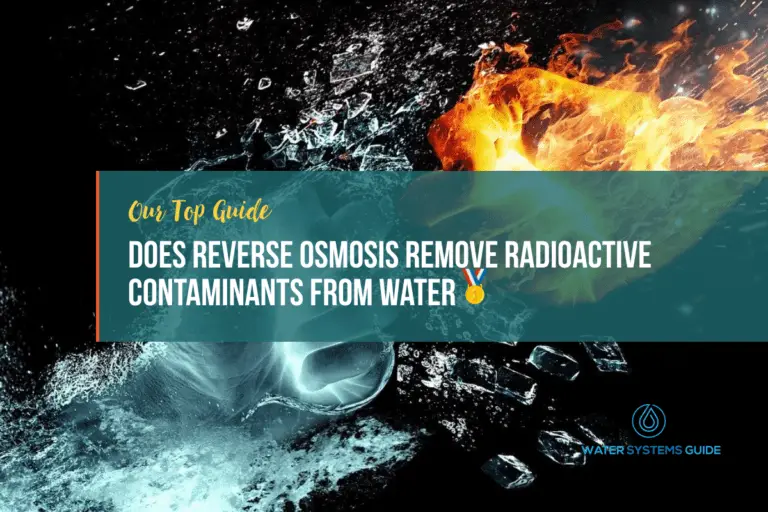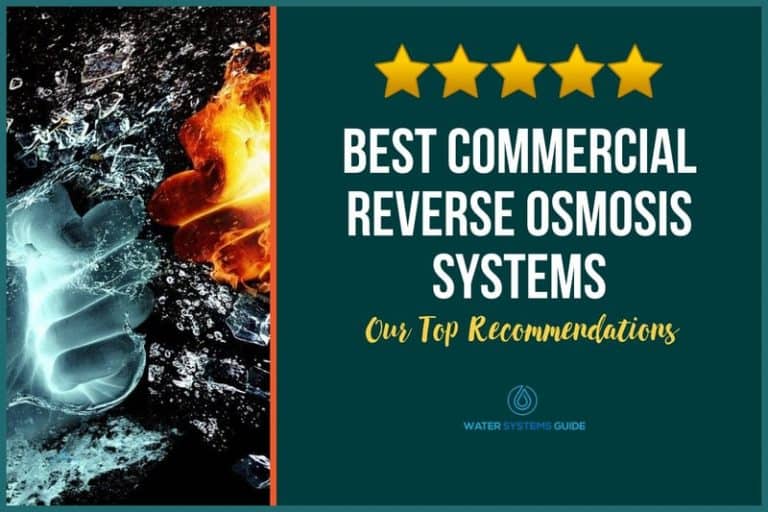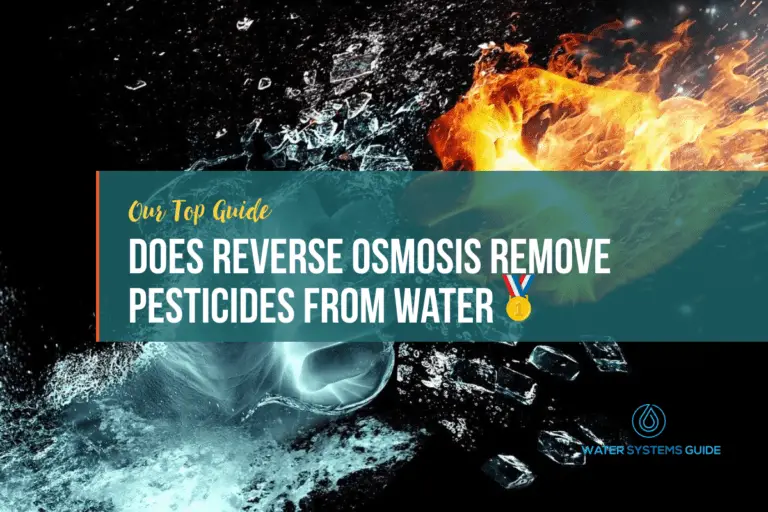Does Reverse Osmosis Remove Salt (Sodium) From Water
What Exactly Is Salt in Water?
Salt in water is simply sodium chloride (NaCl) dissolved in water. Salt is an ionic compound, meaning that it is made up of ions ( charged particles) that are attracted to each other. When NaCl is dissolved in water, the positive and negative ions are separated. The negative chloride ions are attracted to the partially positive hydrogen atoms of water molecules, while the sodium ions are surrounded by the negative oxygen atoms of water molecules.
Water that is rich in sodium is commonly referred to as soft water.
Does RO Remove Salt from Drinking Water?
Reverse osmosis (RO) is a filtration process that removes salt and other impurities from water. RO is commonly used to purify drinking water, but it can also be used to remove salt from seawater and brackish water.
RO works by passing water through a semipermeable membrane. The pores in the membrane are small enough to allow water molecules to pass through, but they are too small to allow salt and other impurities to pass through. As a result, the salt and impurities are removed from the water, leaving behind clean, fresh-tasting water.
Should we be removing salt from our home water supply
There is no easy answer to this question. On one hand, salt is a necessary element for human life and removing it from our water supply could have serious health consequences. On the other hand, too much salt can also be harmful to our health and many people believe that the amount of salt in our water supply is already too high.
The best course of action may be to find a middle ground. Some cities have already begun to implement strategies to reduce the amount of salt in their water supplies, and this could be a good model for other municipalities to follow.
In the meantime, individuals can also take steps to reduce their own salt intake by being mindful of how much they use when cooking and eating. This also means that a reverse osmosis system water filter can help to reduce your home’s tap water sodium levels.
What’s the Risk of Consuming Too Much Salt to Human Health?
The over-consumption of salt can lead to a number of health problems, including high blood pressure, stroke, heart disease and kidney disease. In addition, consuming too much salt can also cause fluid retention and bloating. While the body does need a small amount of salt to function properly, it is important to limit your intake to avoid these potentially serious health risks.
How to test your water supply for salt
If you’re concerned about the salt content in your water supply, there are a few ways to test it. You can purchase a water testing kit from a hardware or home improvement store, or you can contact your local water utility company to request a water quality report. Another option is to have your water tested by a certified laboratory.
According to the NYC state department of health:
“If you are on public water, your water supplier tests regularly for sodium, chloride and many other chemicals. The information is available in the annual drinking water quality report that you receive from your water supplier.
If you have a private well, the State Health Department recommends that you test your water at the tap at least once a year for bacteria and every 3-5 years for sodium, lead, nitrate/nitrite, arsenic, iron/manganese, turbidity, pH, hardness and alkalinity. The cost of a sodium test is about $20. Choose a laboratory certified by the New York State Department of Health Environmental Laboratory Approval Program (ELAP).”
What else does reverse osmosis remove from water?
Reverse osmosis systems are designed to remove a wide range of contaminants from water, including dissolved salts, metals, minerals, and organics. The typical reverse osmosis system is able to remove up to 99% of these contaminants, making it an effective way to purify water.

